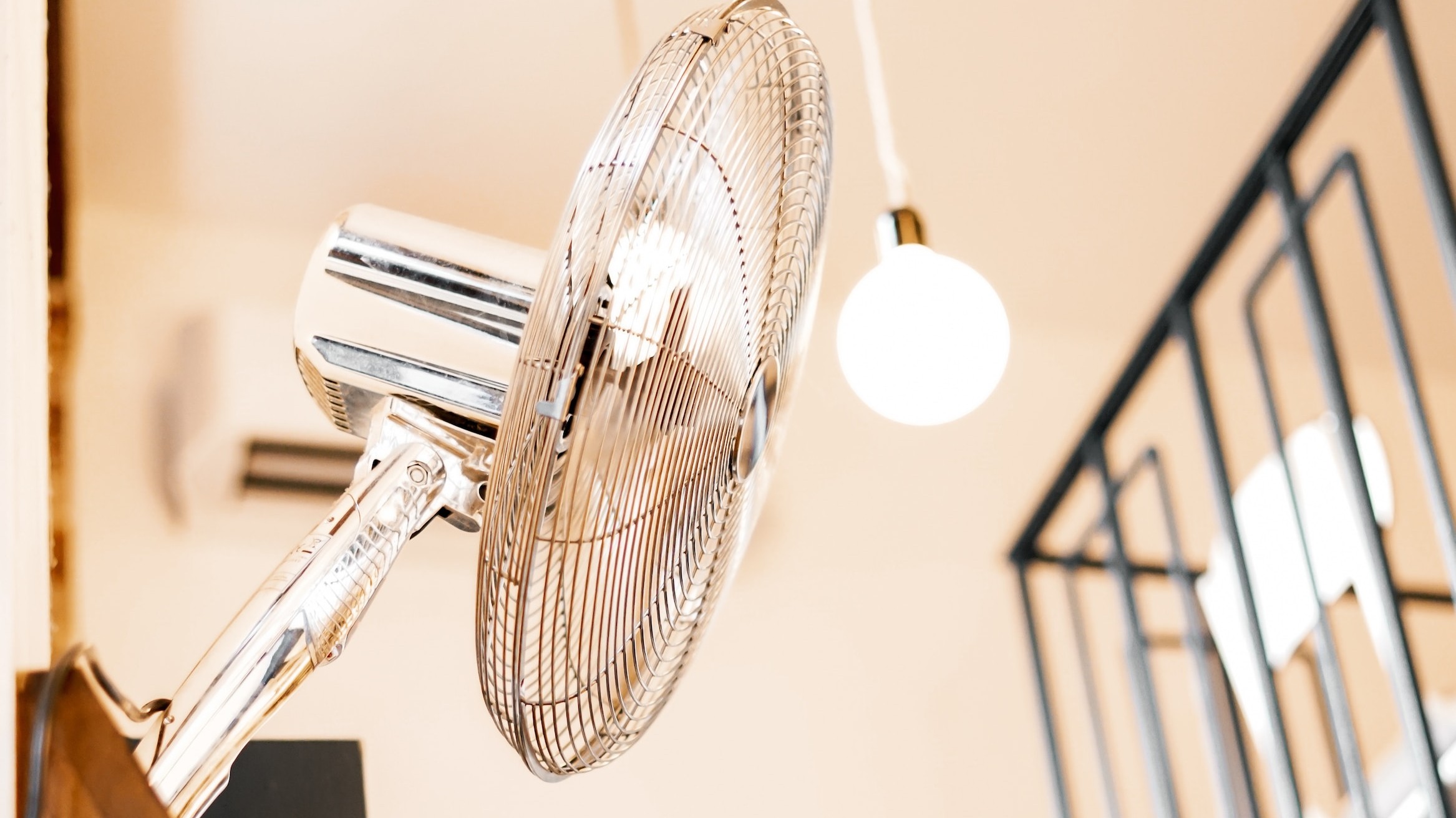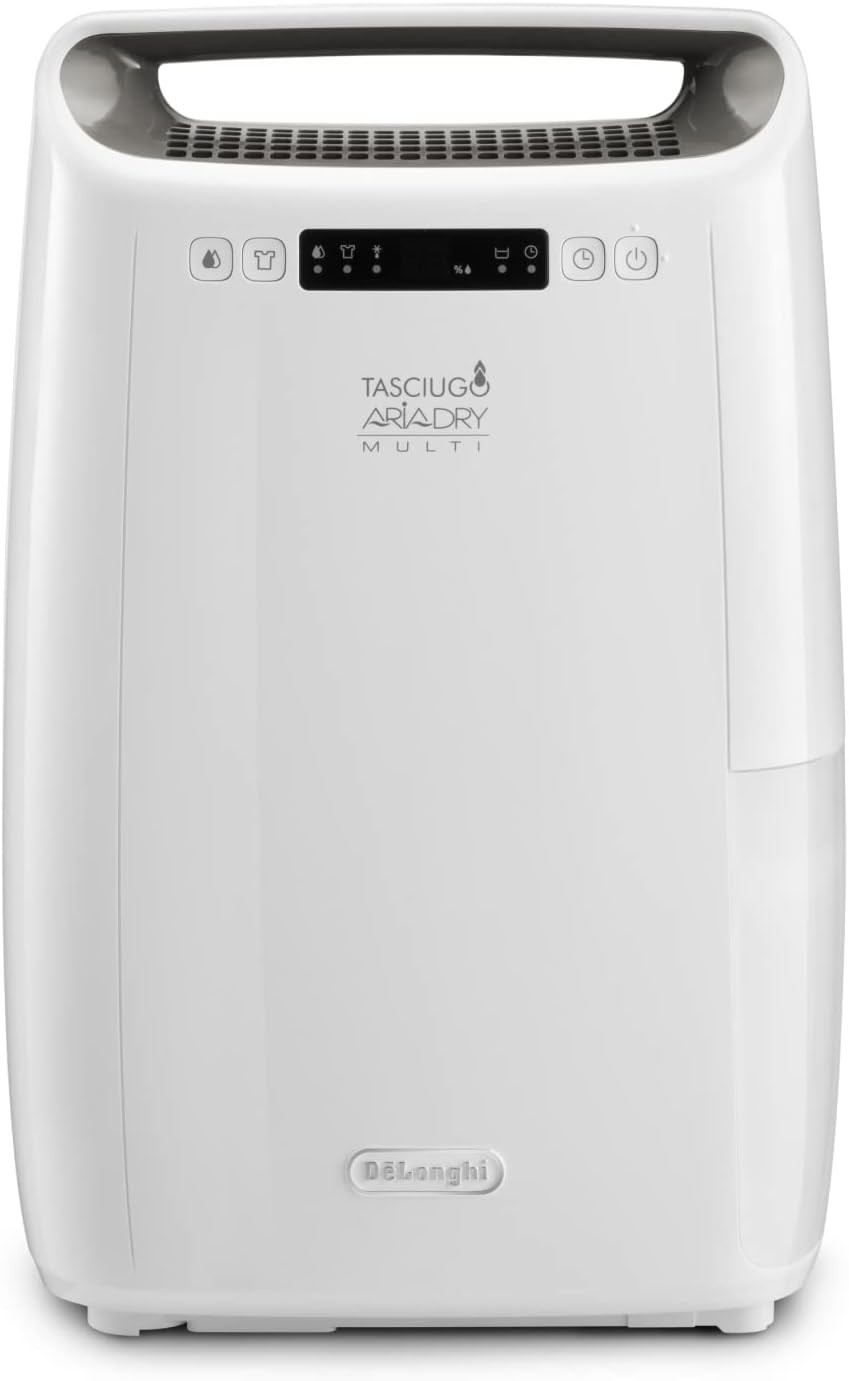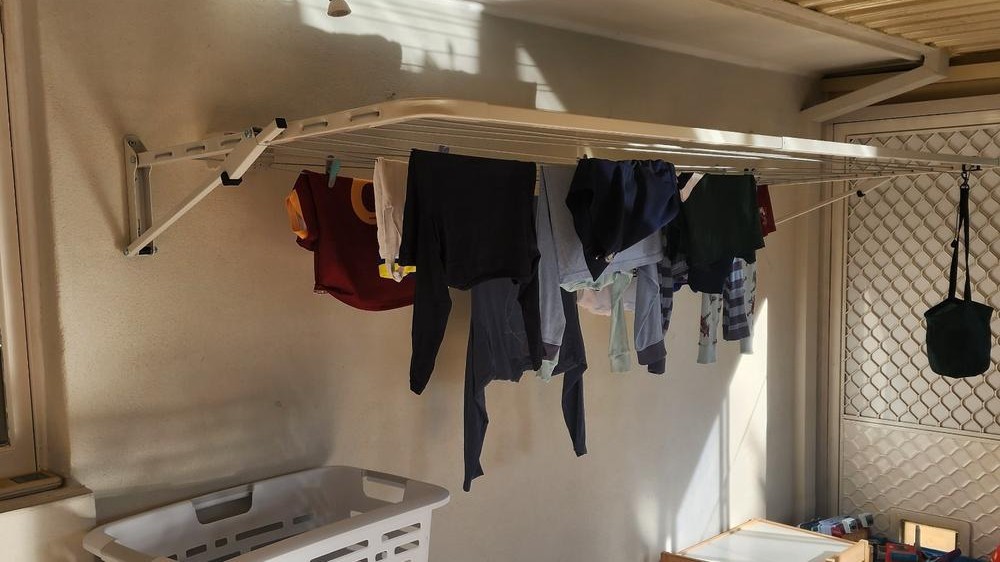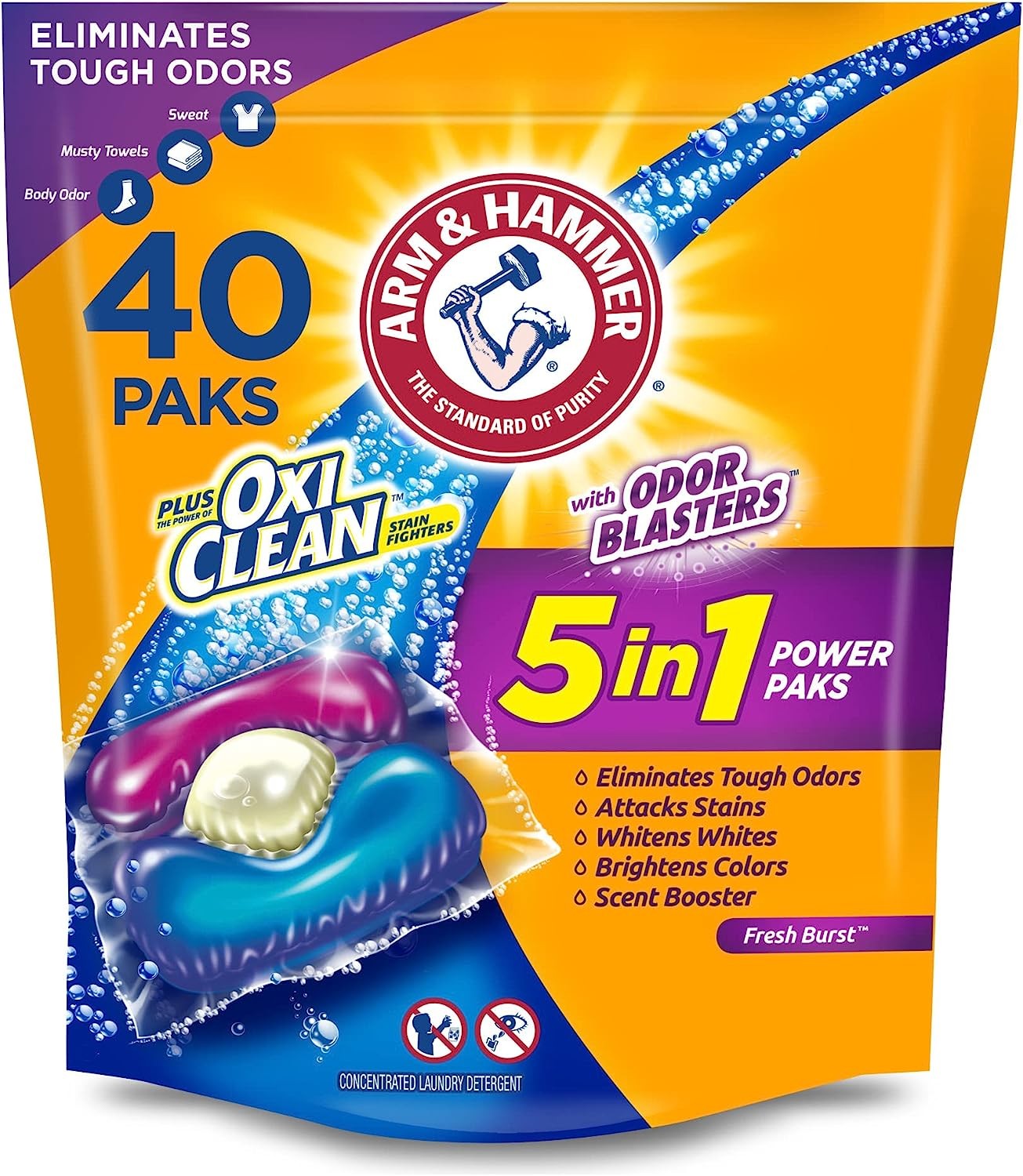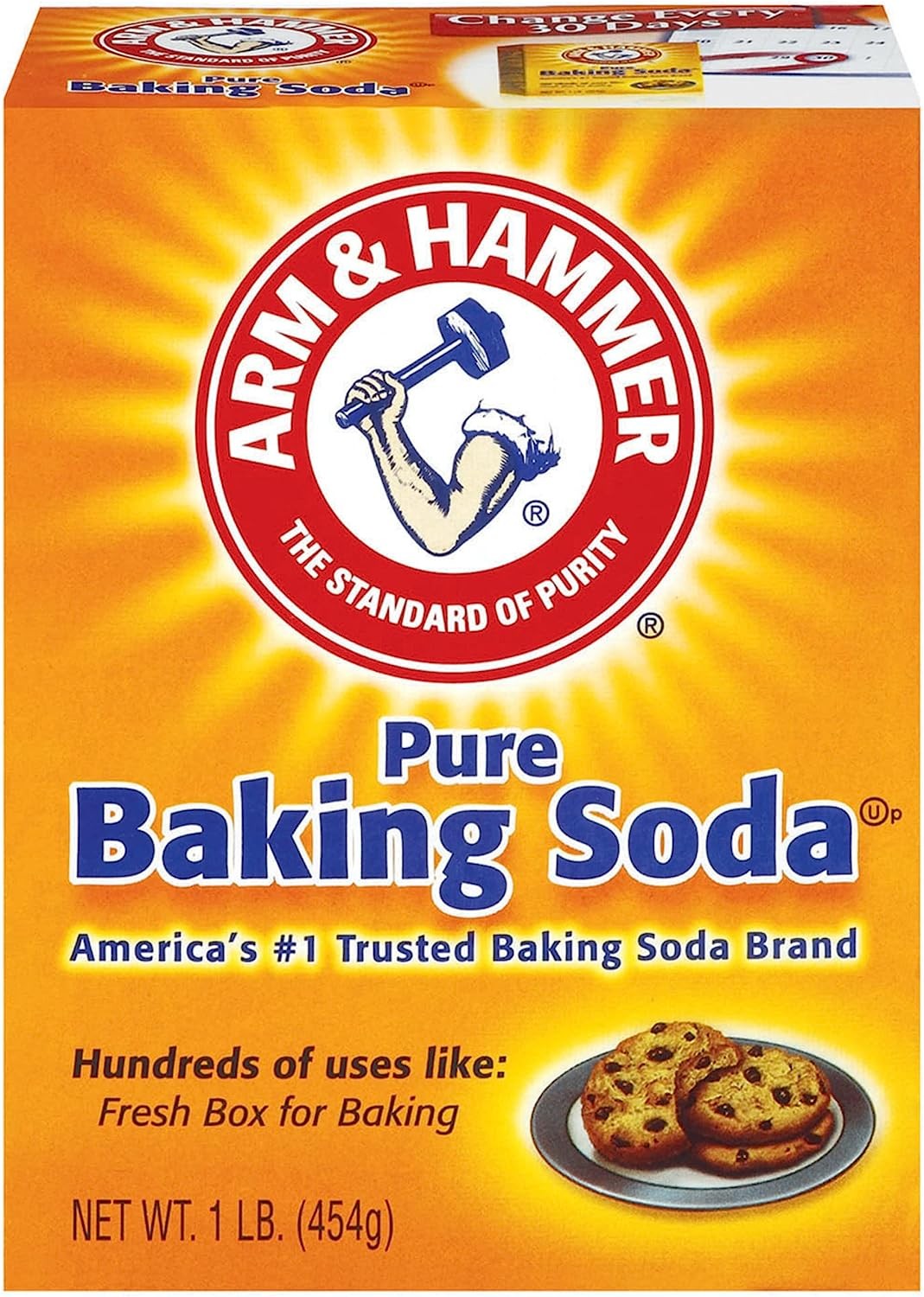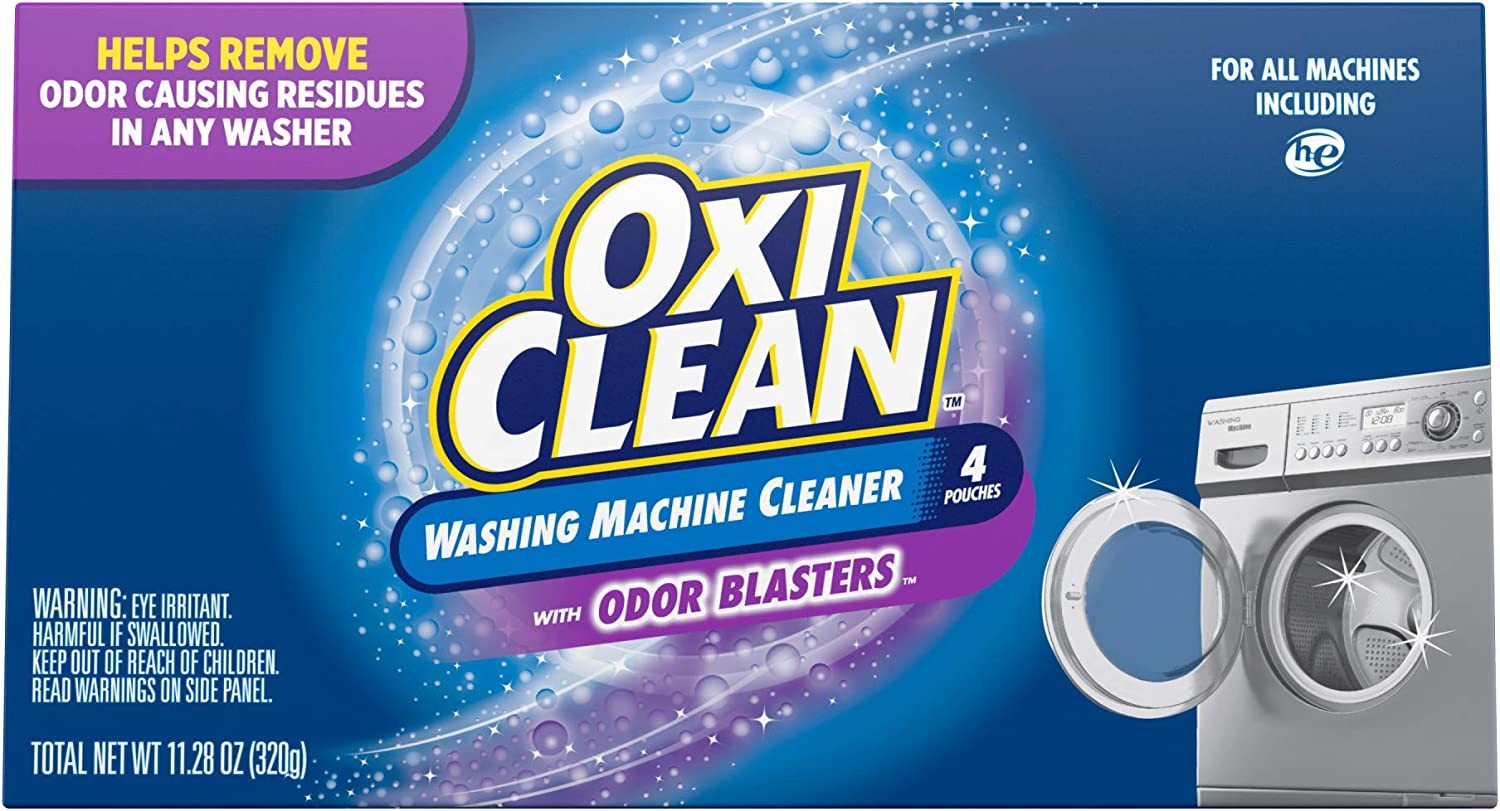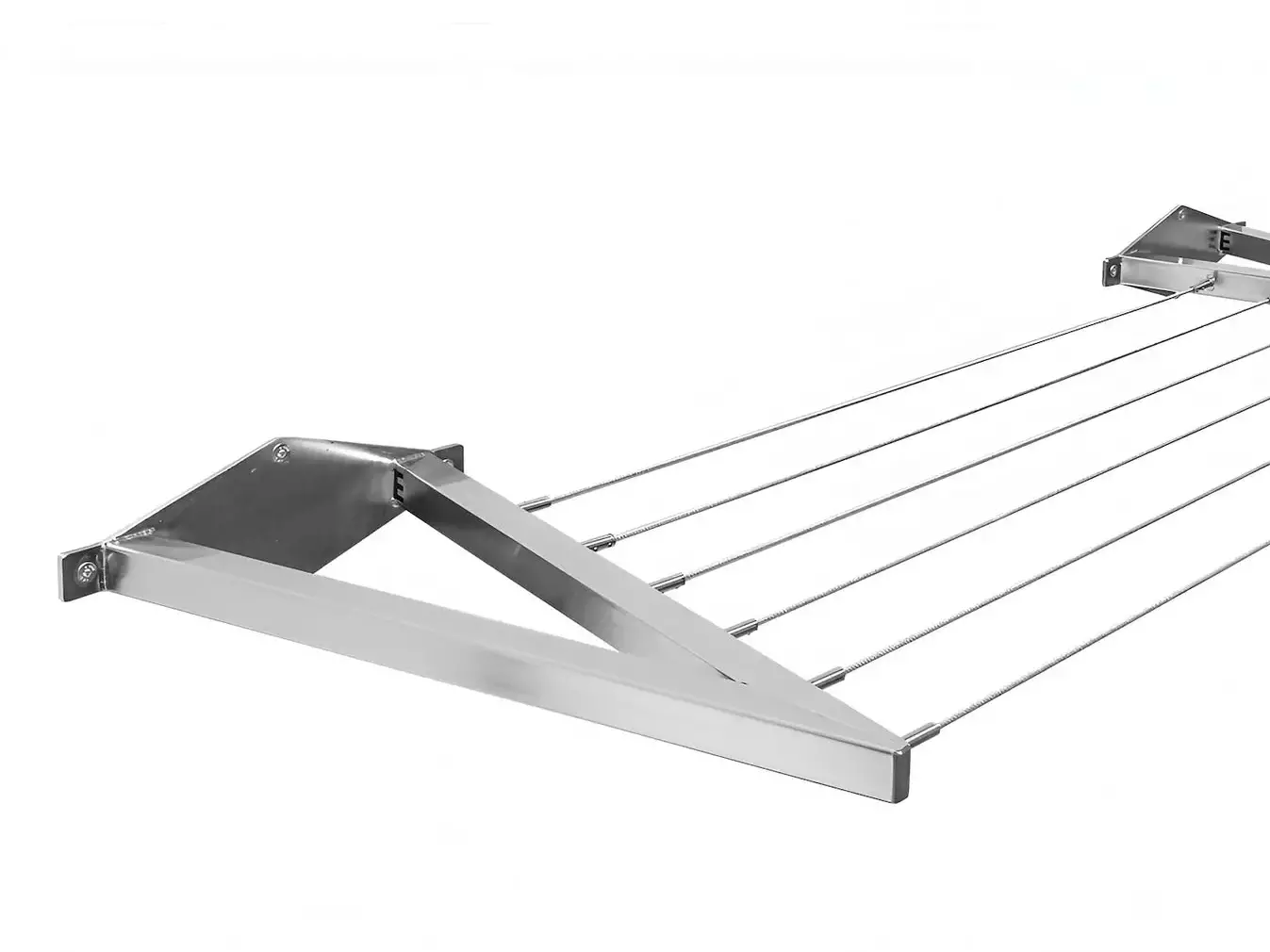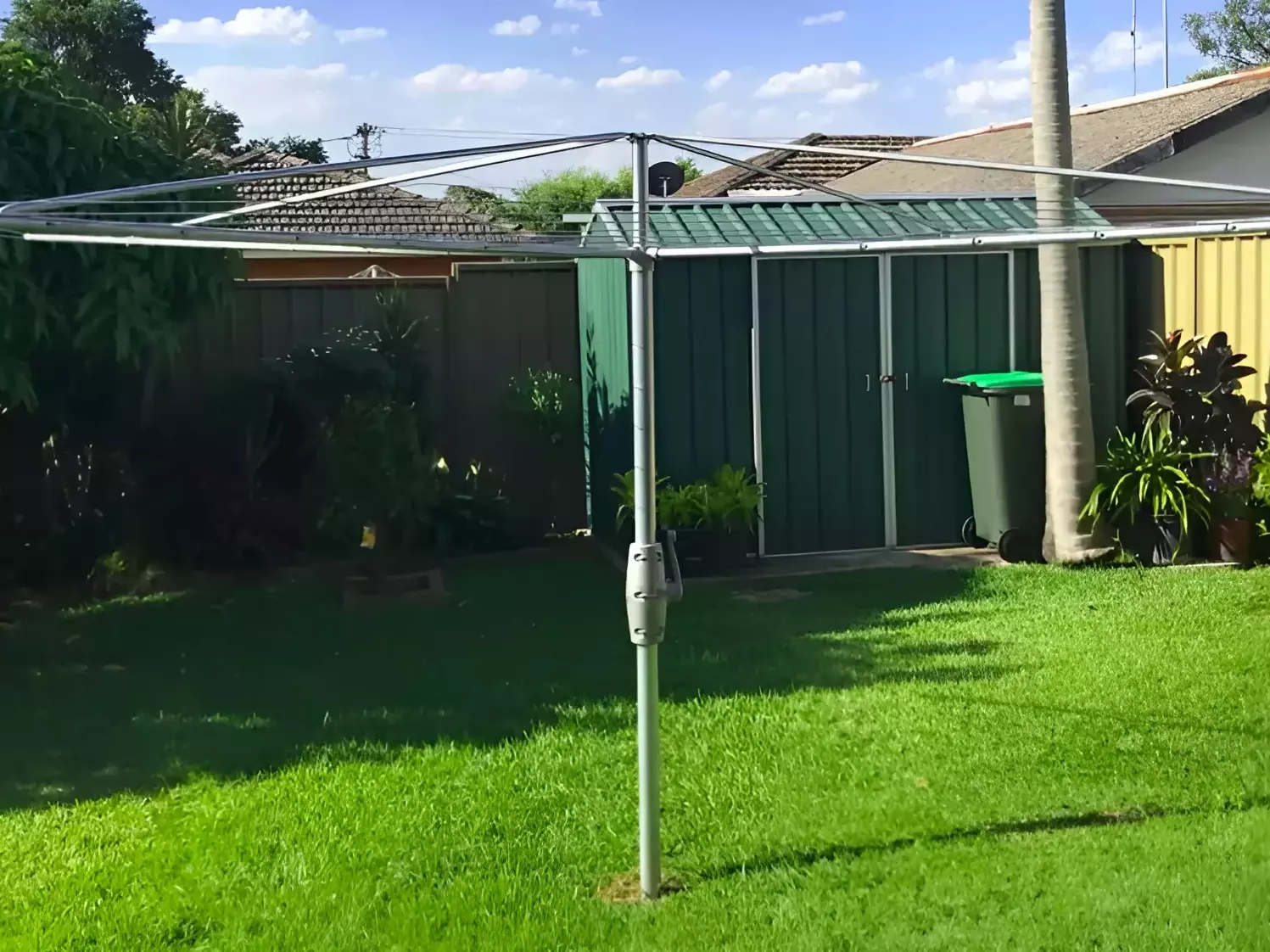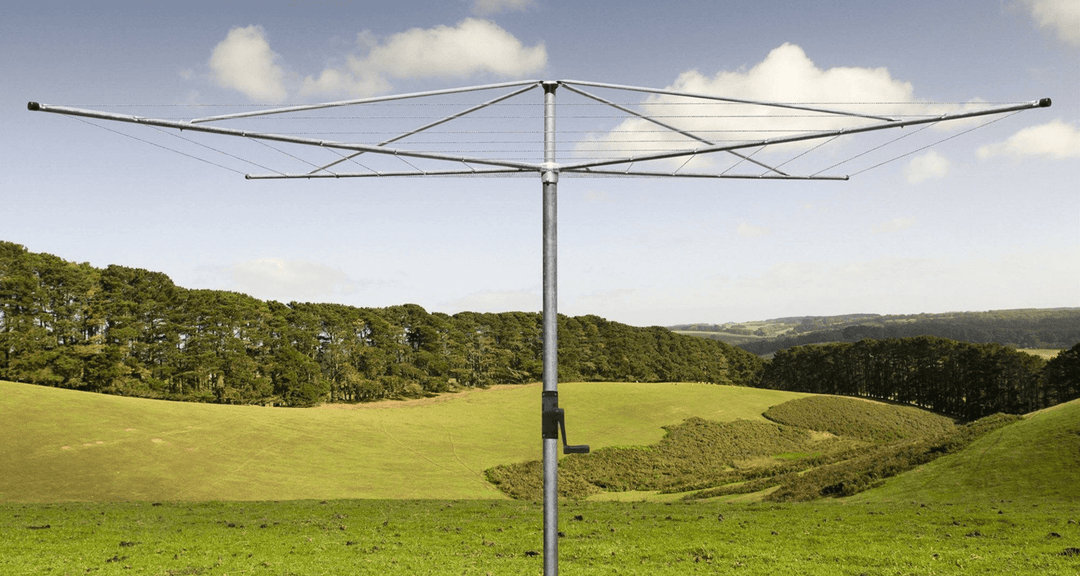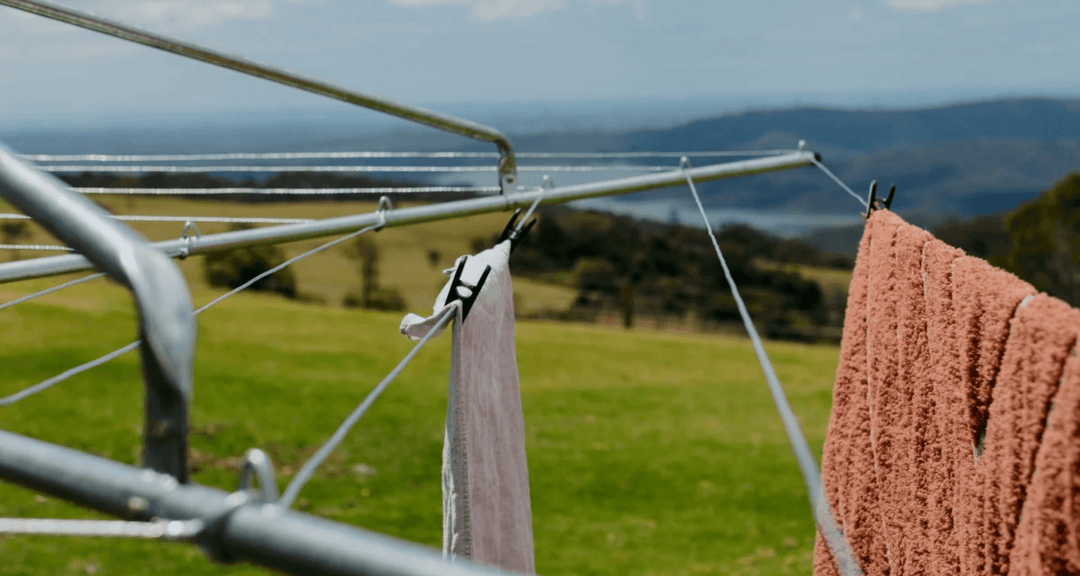How to Get Damp Smell Out of Clothes When Drying Indoors
Ever taken a deep breath of your freshly washed laundry, expecting a scent of clean freshness...
...but instead, you're met with a damp, musty odour?
It's frustrating, right?
It's not an unsolvable mystery, it's due to trapped moisture, poor ventilation, and mould growth.
Let's delve into the causes and explore some effective strategies on how to stop clothes smelling damp when drying indoors.
Short Summary
-
Poor ventilation, trapped moisture and mould growth are the main causes of damp smells in clothes.
-
Optimising airflow, managing humidity and ensuring thorough drying can help to effectively dry clothes indoors without odours.
-
Using appropriate detergents, vinegar/baking soda and regularly cleaning washing machines will ensure freshness of garments for a long time.
Topics in This Article:
What Causes Damp Smell in Clothes?
Many of us have experienced it: you pull your clothes out of the washing machine or tumble dryer, expecting them to smell fresh and clean.
Instead, they smell damp and have musty odor. But why do our clothes smell musty and damp even after washing and drying?
The answer lies in three main culprits: trapped moisture, poor ventilation, and mould growth.

Trapped moisture occurs when clothes are not dried properly, leaving excess moisture that gives rise to that damp smell.
Poor ventilation can exacerbate this problem, as it prevents the moisture from escaping, causing damp clothes to smell a bit musty when drying indoors.
The third culprit, mould growth, thrives in damp conditions, further contributing to the musty smell.
Let's take a closer look at each of these factors below.
Trapped Moisture
When clothes aren't dried properly, moisture gets trapped in the fabric, leading to that unpleasant damp smell.
This is happens when clothes are left damp for extended periods or when they're dried in a tumble dryer or clothesline with bad ventilation.
The trapped moisture creates a perfect breeding ground for bacteria, adding to the musty smell.

To prevent this, it's important to ensure that your clothes are dried thoroughly.
This means not leaving wet clothes damp in the washing machine, laundry basket, or clothesline for long periods and making sure they're completely dry before storing.
Manual strategies such as using a towel to remove excess moisture from delicate items can also be effective in preventing clothes from smelling damp when drying.
Poor Ventilation
Another major factor contributing to damp smells in clothes is poor ventilation.
When clothes are dried indoors without sufficient airflow, they can't dry properly, leading to trapped moisture and a resultant musty smell.
This is especially the case when you leave wet or sweaty clothes in an enclosed space with no ventilation.

To combat this, make sure there's good airflow wherever you're drying your clothes indoors.
This can be achieved by opening a window or using a fan to circulate air.
It's also recommended to maintain a humidity level of around 40% while drying clothes indoors...
...higher humidity can promote the growth of mould and other microbes that contribute to musty smells.
Mould Growth (Musty Smell)
Mould growth is the third primary cause of damp smells in clothes, including the mouldy smell.
When wet laundry is left in a warm and humid environment, like a poorly ventilated laundry room, or a tumble dryer, mould can easily flourish.
Believe it or not, even prolonged or excessive use of fabric softener also leads to unwanted mould growth by build up inside washing machines.
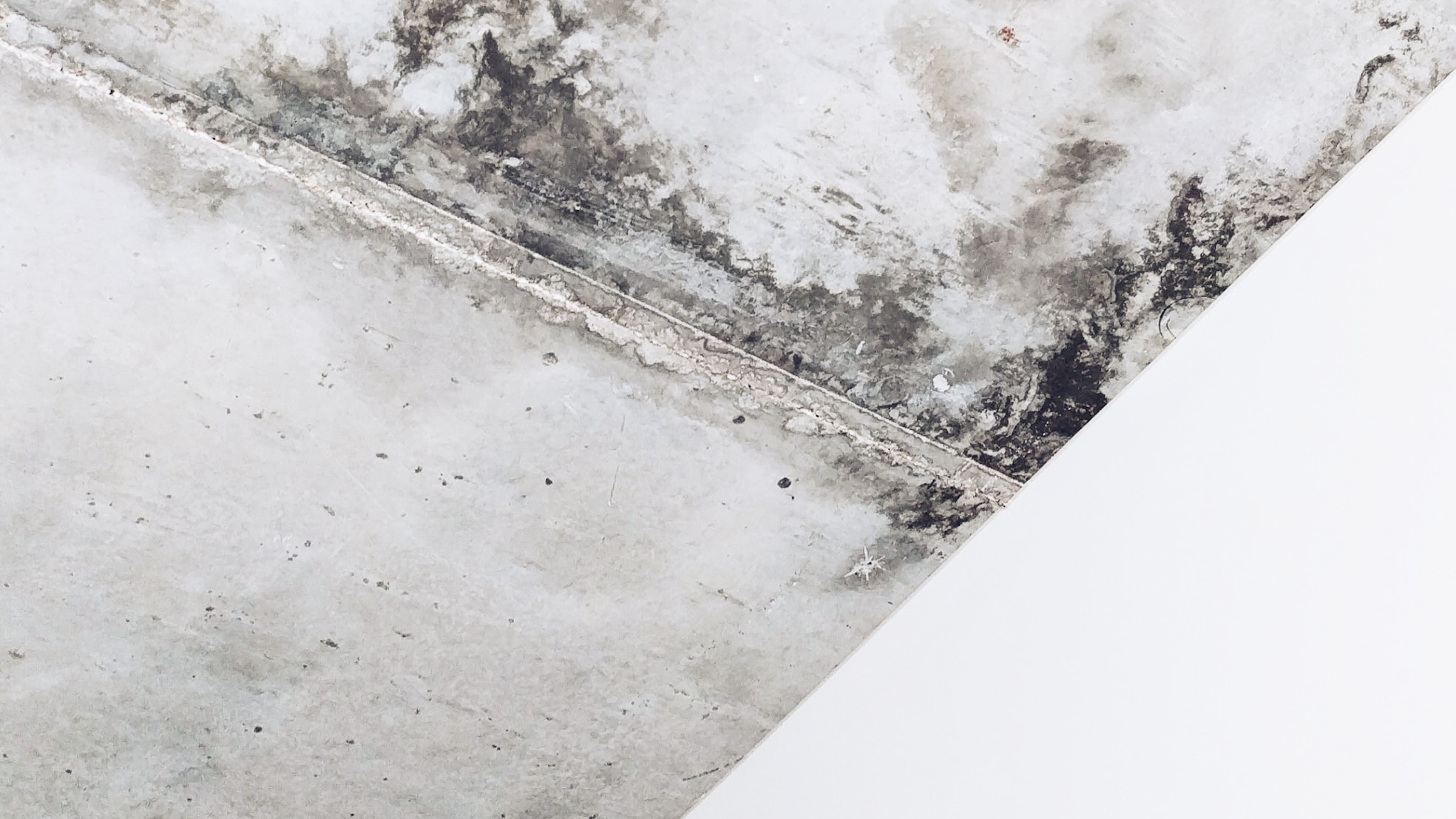
As it grows, it produces a characteristic damp or musty smell.
To prevent mould growth, it's crucial to ensure that your clothes are thoroughly dried before storing.
Furthermore, regular cleaning of the washing machine, particularly around the rubber seal where mould and mildew can accumulate, can help prevent the growth of mould and keep your clothes smelling fresh.
How to Get Damp or Mildew Smells Out of Clothes When Drying Indoors
We've now understood the main causes of damp smells in clothes. So, how can we avoid them?
There are several effective strategies you can employ to dry your clothes indoors, reducing the risk of damp smells.
These include optimising airflow, managing humidity, and ensuring that your clothes are dried thoroughly.
Implementing these strategies is easier than you might think.
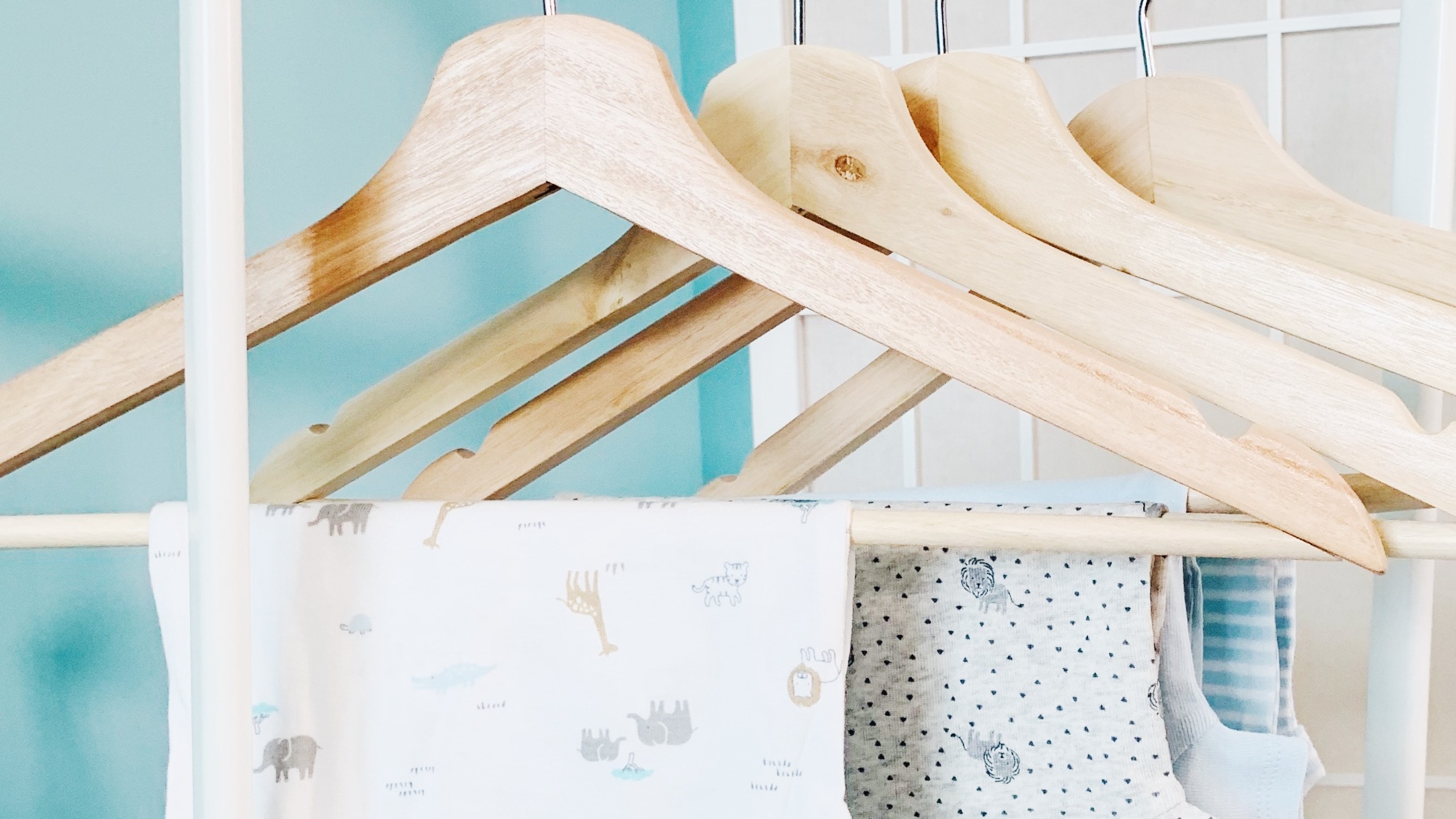
From simple adjustments to your laundry routine to the use of certain household items, these techniques can go a long way in ensuring your clothes dry properly and smell fresh.
Let's take a closer look at each of these strategies.
Optimise Airflow
You can also use fans to enhance air circulation in the room.
Another handy tool that can help optimise airflow between laundry items is a heated airer or clotheshorse.
These devices can dramatically speed up the drying process by distributing heat evenly around your clothes.
Manage Humidity to Prevent Musty Smells
Dehumidifiers work by removing excess moisture from the air
With a dehumidifier, it easier to create a more conducive environment for drying clothes.
Running a dehumidifier for at least 3 hours while drying clothes can significantly reduce the risk of damp smells.
Another simple way to manage humidity is to open a window in the drying room, allowing moisture to escape and fresh air to circulate.
Dry Clothes Thoroughly
In addition to optimising airflow and managing humidity, it's crucial to ensure your clothes are thoroughly dry before storing them.
This means removing all the moisture from the clothes so that they are completely dry prior to storage.
Remember, damp clothes are a breeding ground for mould and mildew, which can cause musty odours.
To dry clothes thoroughly indoors, you can use a clothes drying rack or clothesline.
If using a tumble dryer, set it to a low heat with a high fan speed and rotate the items regularly to ensure even drying.
Giving your washing an extra spin or rinse cycle before hanging them can also be beneficial to remove excess water.
Clothes Washing Techniques to Prevent Damp Smells
Apart from drying techniques, certain washing techniques can also help stop clothes smelling damp and prevent damp smells in clothes.
These include using the right detergent, adding vinegar or baking soda to the wash, and not overloading the washing machine.
Each of these can play a crucial role in ensuring your gym clothes are properly cleaned and free of any residue that could lead to damp smells.
Use the Right Laundry Detergent
Using the right detergent is important in eliminating odours and bacteria from clothes.
Some detergents are specially formulated to tackle tough odours, making them an excellent choice for preventing damp smells.
Remember, every fabric is different and may require a specific type of detergent.
Always follow the garment’s care label instructions when choosing a detergent.
A good rule of thumb is to opt for detergents that are effective at odour removal.
We've had great results with Arm & Hammer Plus OxiClean Odour Blasters or Sweat X Sport Extreme Odour Eliminator, try checking them out!
Add Vinegar or Baking Soda
Adding vinegar or baking soda to your wash can help get rid of bacteria and odours.
Both vinegar and baking soda are natural deodorisers that can effectively eliminate unpleasant smells without the use of harsh chemicals.
Even washing machine experts recommend vinegar over fabric conditioners!
Simply add a cup of white vinegar or half a cup of baking soda to your wash along with your regular detergent.
These natural deodorisers will work with the laundry detergent itself to deep clean your clothes, eliminating any bacteria or residues that could cause damp smells.
Don't Overload the Washing Machine
Overloading the washing machine is a common mistake that can prevent your clothes from being properly cleaned and dried.
When the washing machine is too full, clothes can't move freely, preventing the detergent from reaching all parts of the fabric.
When the washing machine is too full, clothes can't move freely, preventing the detergent from reaching all parts of the fabric.

As a general rule, your washing machine should not be filled more than three-quarters full for each load.
This allows enough space for the clothes to move around and for the detergent to work effectively.
By avoiding overloading, you can ensure your clothes come out of the wash clean, fresh, and ready to be dried without any risk of damp smells.
Extra Tips for Fresh and Odour-Free Clothes
In addition to the strategies and techniques we've already discussed, there are a few more tips you can follow to keep your clothes fresh and odour-free.
These include proper storage of clean clothes, regular cleaning of your washing machine, and the use of natural deodorisers.
These extra tips can go a long way in ensuring your clothes not only smell fresh after washing but continue to stay fresh even after being stored for a while.
Let's take a closer look at each of these tips.
Store Clothes Properly
Proper storage of clothes is crucial in maintaining their freshness.
After ensuring your clothes are completely dry before storing, remember to store them in a cool, dry area that's not exposed to direct sunlight.
Extreme temperatures and sunlight can damage the fabric and cause colors to fade.

For delicate clothing, consider storing them in cotton or wool bags, which allow the fabric to breathe.
This can prevent the buildup of moisture and keep your clothes smelling fresh. Always ensure the storage area is well-ventilated to prevent damp smells.
You can even try using cheap closet moisture absorbers for good measure if you think your closet has moisture or humidity problems.
Regularly Clean Your Washing Machine
You see the 'Tub Clean' or 'Tub Hygiene' program on your washer?
It exists for a reason so don't forget to run it every two weeks or so.
Your dirty washing machine also can be a breeding ground for the mold spores and mildew if not cleaned regularly.
This can lead to a damp, funky smell in your clothes even after washing.
You can clean your washing machine by running an empty wash cycle with a mixture of baking soda and white vinegar or using a washing machine tub cleaner.
Do this approximately once a month or every 30 cycles to prevent the buildup of mould, mildew, and unpleasant odours again.
Regular cleaning of your washing machine can make a significant difference in the freshness of your clothes.
We also greatly recommend having your washing machine dismantled and deep cleaned by a professional if your machine is at least 3 years old.
Use Natural Deodorisers to Prevent Mildew Smell
Natural deodorisers can be a great way to keep body odour and keep your clothes smelling fresh without the use of harsh chemicals.
Essential oils, for instance, can be added to your laundry for a natural, refreshing scent.
Simply add a few drops of your favorite essential oil to your wash or to a cloth that you toss in the dryer with your clothes.
Alternatively, you can also use a homemade fabric spray made with essential oils to freshen up your clothes in between washes.
A combination of Tea Tree Oil and Ylang-ylang is a good start thanks to the former's antibacterial and antimicrobial properties combined with the fresh and soothing scent of Ylang-ylang.
Remember, a little goes a long way with essential oils, so start with just a few drops!
Frequently Asked Questions
Clothes often smell damp and musty after drying due to excessive moisture in the air, which can cause mould and mildew buildup.
If you wait too long to transfer clothes from the washer to the dryer, there may be too much moisture build-up, resulting in bad smelling, dirty laundry afterwards.
Investing in a dehumidifier can help speed up the drying process and reduce musty odors.
To keep laundry from smelling damp, add a cup of vinegar or baking soda to the wash, use half a cup of pine-scented cleaner in the washer, soak clothes in distilled white vinegar, and warm water before washing, utilise natural deodorisers like essential oil.
Remove excess water from clothes before putting them in the dryer to reduce drying time.
You can even boost dryer efficiency by cleaning the lint filter after each use and using a dryer ball to help circulate air.
Maximize airflow by leaving the door open when the dryer is not in use and using a vent booster fan to help push air out of the dryer.
Last but not least, consider getting a proper dehumidifier for faster drying times.
Switching to line drying can save you up to $590 annually on your energy bills -- a great way to cut costs and be more environmentally friendly.
Air-drying clothes can provide many benefits, such as longer-lasting clothing, freshness and natural disinfection, making it a great alternative to using the dryer.
It is an energy-efficient and cost-effective way to care for your clothes, and it can help reduce your carbon footprint.
Plus, air-dried clothes tend to have fewer wrinkles and less static cling.
To manage allergens while line drying, try to put dryer sheets over your clothes during low-pollen times and give them a good shake before bringing them indoors for the best results.
Final Words
In conclusion, while damp smells in clothes can be quite off-putting, they are usually the result of simple issues like trapped moisture, poor ventilation, and mould growth.
By following the strategies and techniques discussed in this article, you can prevent damp smells in your clothes and enjoy that fresh laundry scent you love.
Remember, the key is proper washing, thorough drying, and careful storage of your workout clothes.
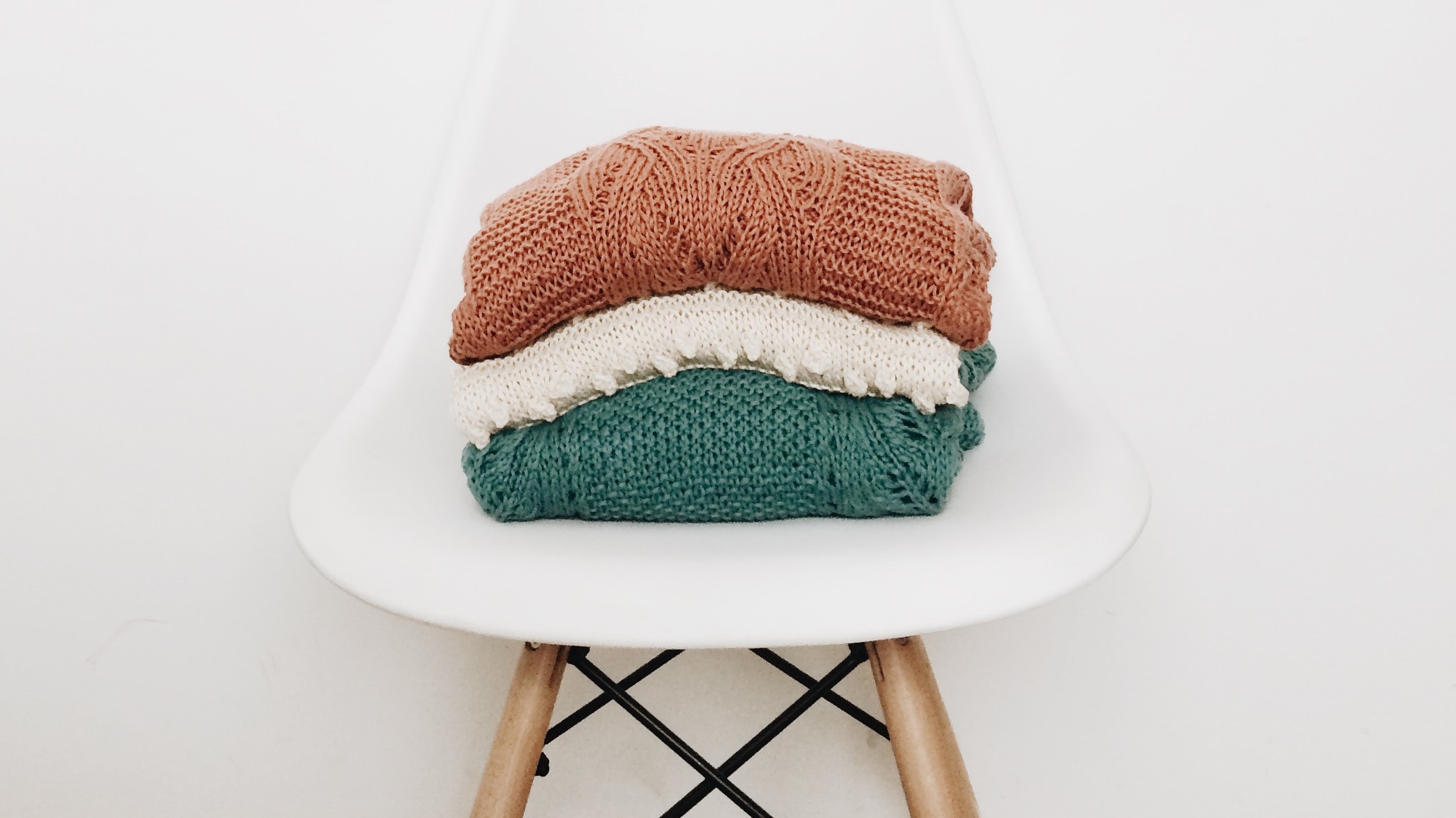
So, why wait? Start implementing these tips today and say goodbye to damp smells in your clothes!
If you are on the lookout for a new clothesline or clothes drying rack, have a look at recommendations from experts backed by real-world users' opinions on this article: The Best Drying Rack in Australia.
Disclaimer:
This article contains affiliate links and we may earn a small commission from purchases made through them. Your support helps sustain our blog and allows us to consistently provide valuable content for you. Thank you for your understanding.
 Fold Down
Fold Down

 Rotary Hoist
Rotary Hoist
 Retractable
Retractable
 Portable
Portable
 Ceiling Airer
Ceiling Airer
 Covers
Covers




